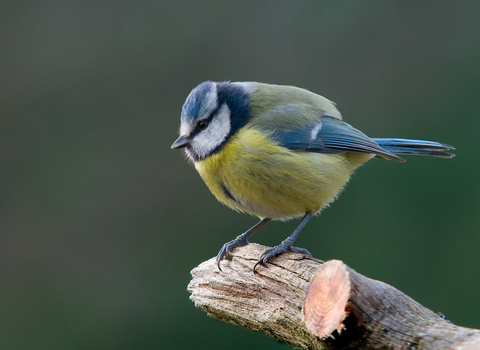
©Amy Lewis
Yew
The Yew is a well-known tree of churchyards, but also grows wild on chalky soils. Yew trees can live for hundreds of years, turning into a maze of hollow wood and fallen trunks beneath dense foliage.
Scientific name
Taxus baccataWhen to see
January to DecemberSpecies information
Category
Statistics
Height: up to 20mConservation status
Common.
About
The Yew is a medium-sized, evergreen tree commonly found in churchyards - more than 500 churchyards in England and Wales alone contain Yew trees that are at least as old as the church itself. This association with Christian religion (and possibly even older beliefs) and its ability to reach extreme old age have ensured that Yew is now surrounded by many myths. In fact, the dead were sometimes buried beneath Yew trees to 'protect' them. Wild Yew is mainly found on well-drained chalk and limestone soils, so the prevalence of old trees in churchyards in South East and Central England, Wales and the Lake District mirrors this preference.How to identify
The Yew is a very recognisable tree: it has dense, glossy, dark green needles and bright red berries with a single dark seed.Distribution
Widespread.Did you know?
One of the oldest Yew trees in the UK is the Fortingall Yew in Scotland, which is estimated at somewhere between 2,000 and 9,000 years old. Ancient Yews such as this tend to have buttressed, hollow or multiple trunks, and fallen boughs, making them a maze of wood beneath the dense foliage.How people can help
Many ancient Yew trees are found in churchyards, which can be great places for wildlife: their old stone walls and gravestones harbour lichens and mosses, trees and hedges provide food for birds and mammals, meadows are nectar sources for butterflies, and their peaceful atmosphere is good for wildlife and people alike.The Wildlife Trusts help local churches to look after the habitats they shelter through a variety of projects. Get in touch with your local Wildlife Trust to find out how you can help.


